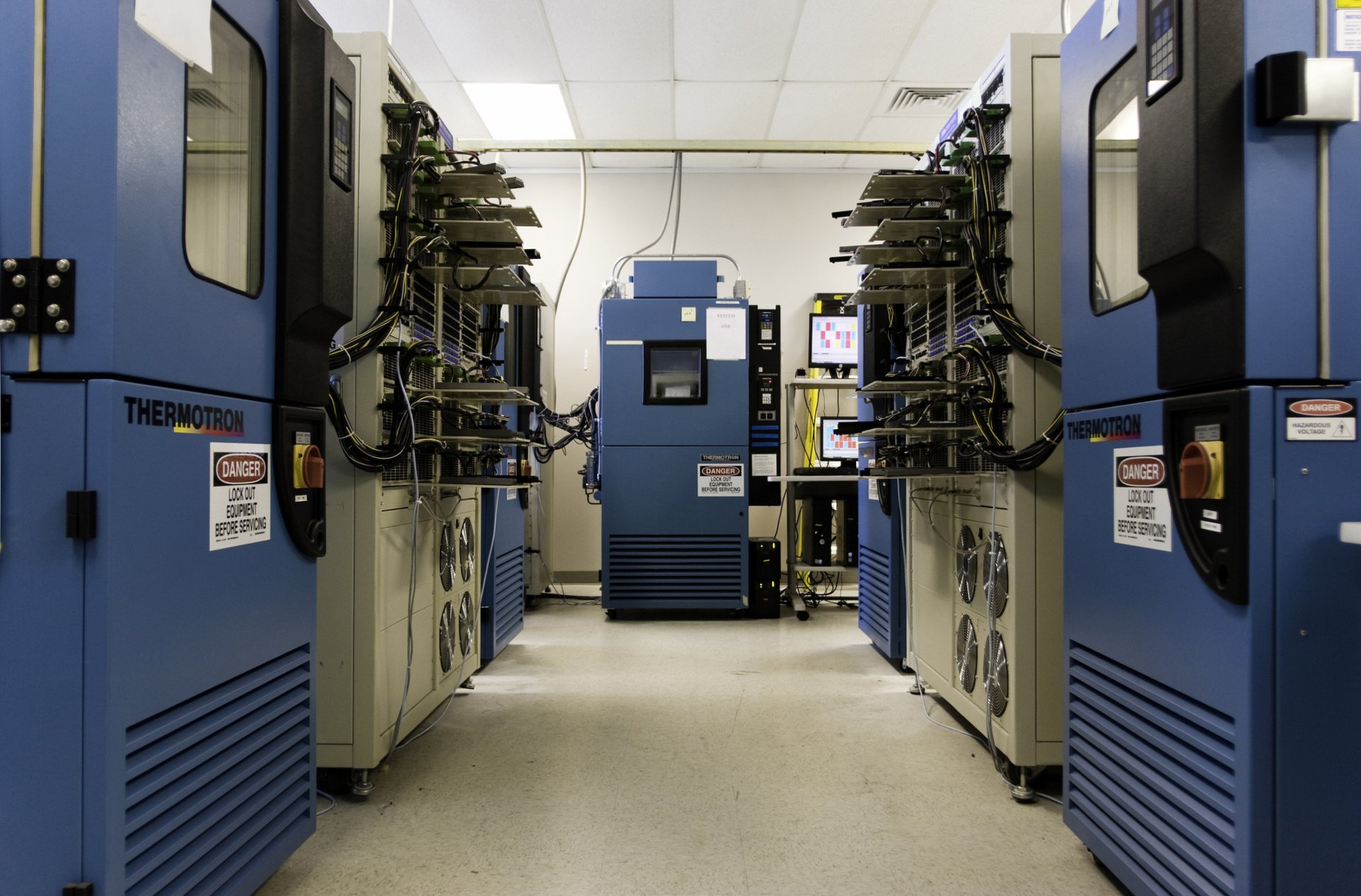Equipment is a critical resource for test labs. While data and reports may be the final products of a lab, equipment is the means by which that data is generated and reported. Unfortunately, it’s only when equipment stops working and that data stops flowing do people remember how important a lab’s equipment really is. While It can seem like these moments of equipment panic direct needed attention and resources towards the lab, it usually just wastes the lab’s time with band-aid fixes that do nothing to help long term. To actually help the lab long term, there are some best practices you can implement with your equipment that will help keep it running smoothly, efficiently, and more predictably.
Documentation is King
The overarching best practice is to improve the documentation of your equipment. If you only remember one thing, remember that. Documentation is king. Without it, there’s little chance your equipment will be managed effectively, and certainly not consistently. Below are important things that should be documented about each piece of equipment.
Manufacturer and support contact information.
This information is important for questions that the manufacturer might have a better handle on like upgrade potential, design flaws, or alternative configurations.
Consumables and vendor information.
Does your equipment have consumable items like filters, screens, or other parts that wear out regularly? If so, document all part numbers, prices, and where you typically order them from. This is very helpful in ensuring the same kinds of replacements are ordered each time.
Instructions for use.
This is critical during audits, training new personnel, and ensuring that lab personnel are using the equipment consistently. Ideally, someone who has never used the equipment before should be able to use these instructions and use the equipment effectively.
Preventative maintenance.
How often does a filter need to be replaced? How often does a servo motor fail? Document these events with a log and over time you’ll begin to get an idea of the frequency. Once the frequency is established, create a plan for replacing these parts before they break. While you can’t avoid equipment maintenance, you can choose to schedule it. Otherwise, the equipment will schedule it for you and it probably won’t pick a convenient time.
Safety procedures, lock-out, tag-out, required Personal Protective Equipment (PPE).
Every piece of equipment will have unique safety challenges and techniques. These should be documented thoroughly. In addition, lab personnel should regularly walk the lab and review all equipment and discuss potential safety hazards and address them. During these walks, it is highly recommended to include one or more non-lab personnel with fresh eyes who are not “used to” the ways things are done and can provide a unique and unbiased perspective.
Calibration procedures.
Many equipment calibrations are straightforward, but there will always be those with “tricks” or special procedures. It’s best to document them all. The person who knows the “trick” might be out sick, or there may be a new calibration technician completely unfamiliar with the equipment. To avoid calibration delays or errors, always document how calibrations are done on all equipment. Include the procedures, calibration points, and tolerances.
One more best practice for calibrations is to calibrate equipment inline, where ever possible. For example, let’s assume you’re calibrating the pressure on some equipment that uses a pressure transducer and the equipment has a readout of the pressure on a display. Leave the transducer attached to the equipment and attach the calibrator’s pressure transducer in the test section of the equipment or inline with the equipment’s transducer. Compare the calibrator’s pressure readout with the pressure readout on the equipment’s display. This method ensures both the transducer and display are functioning properly together.
Other Best Practices
Use reference gauges.
Reference gauges or other secondary measurement devices are a great way to provide a sanity check for your calibrated equipment. If possible, these should be placed in-line with your current calibrated equipment. If there’s ever a significant discrepancy between your reference and the calibrated gauge, you know at least one of them is incorrect and further investigation is required.
Don’t recalibrate inexpensive equipment.
Does your lab use calibrated timers? Calibrated test tubes? It is often not worth the hassle to recalibrate these types of items. Just buy new ones that include the necessary accredited calibrations.
Final Thoughts
While the equipment in a test lab are one of the most valuable resources of the lab, there are always competing priorities that can make it difficult to give equipment the attention they need. However, these best practices can provide a good foundation to keep your equipment running properly and to keep the data flowing.

